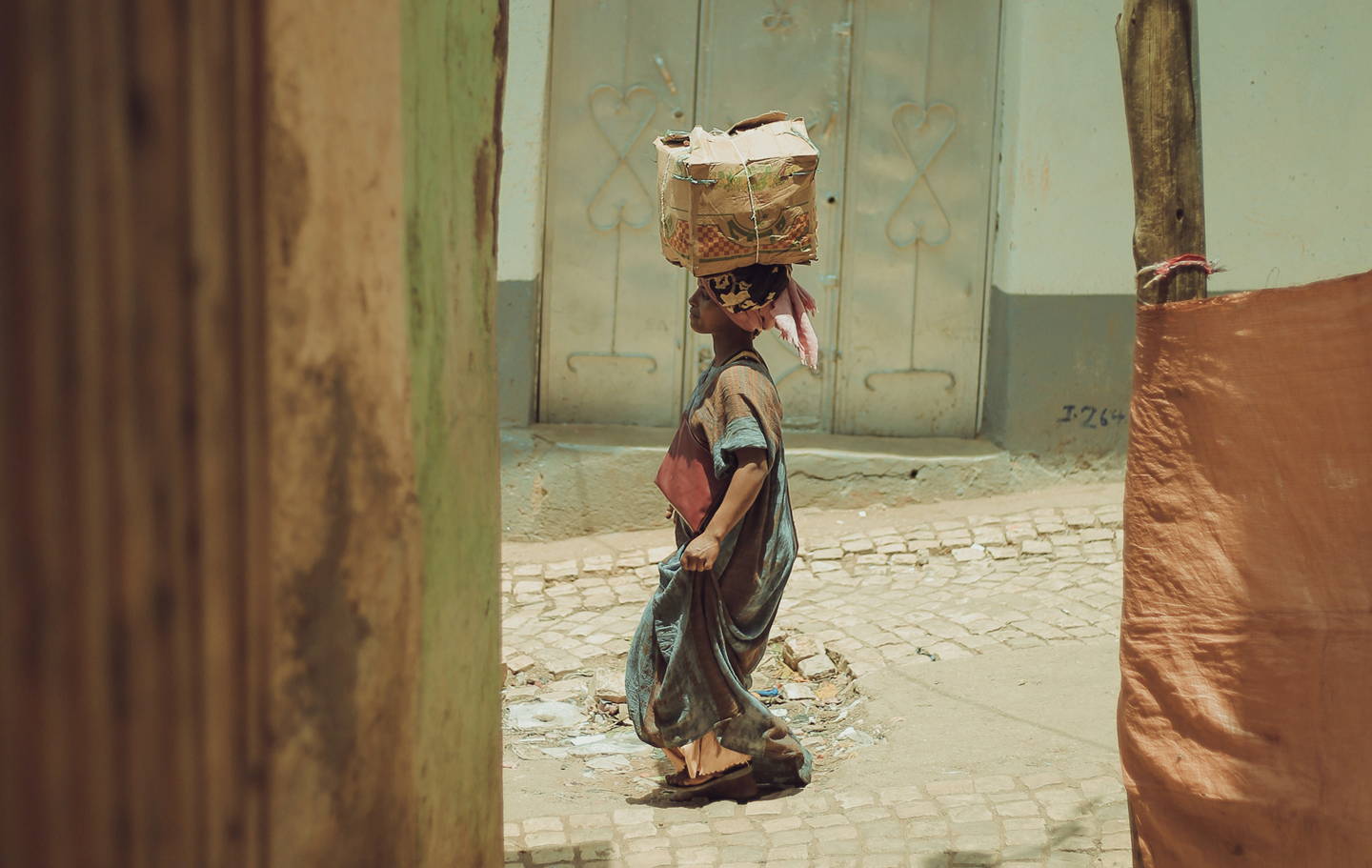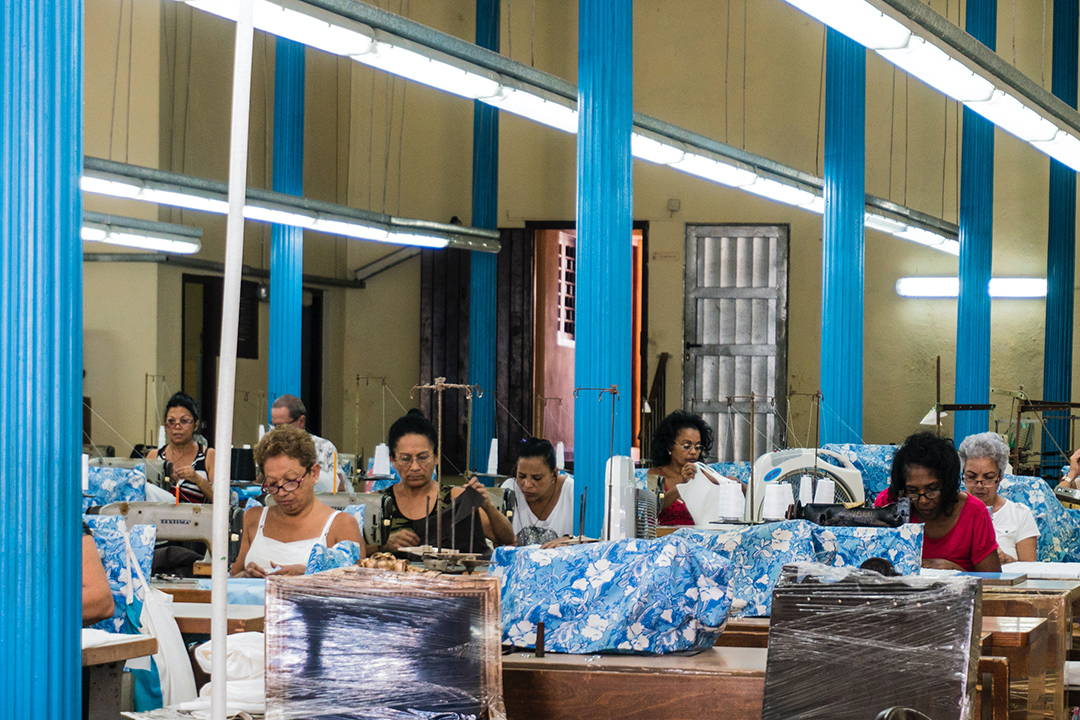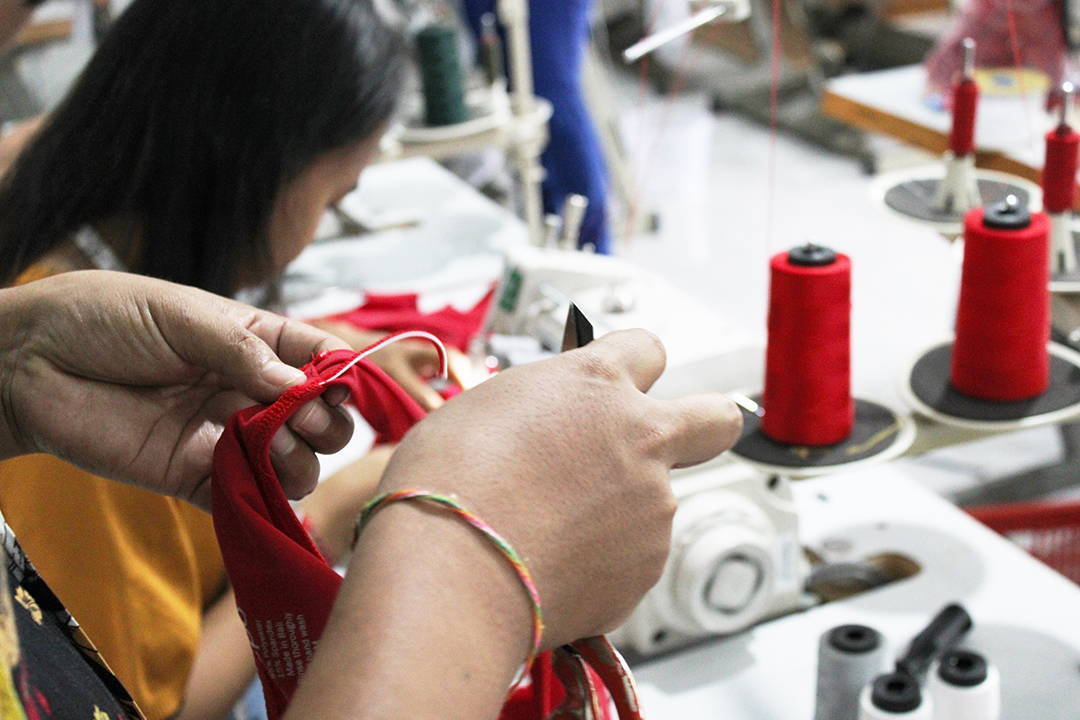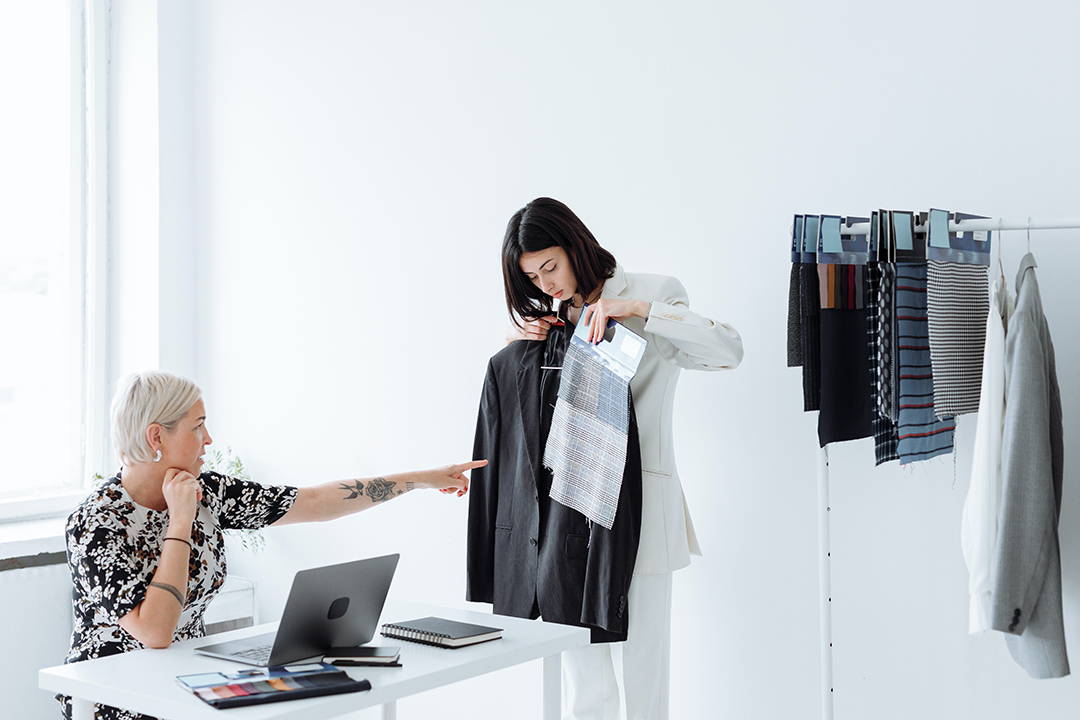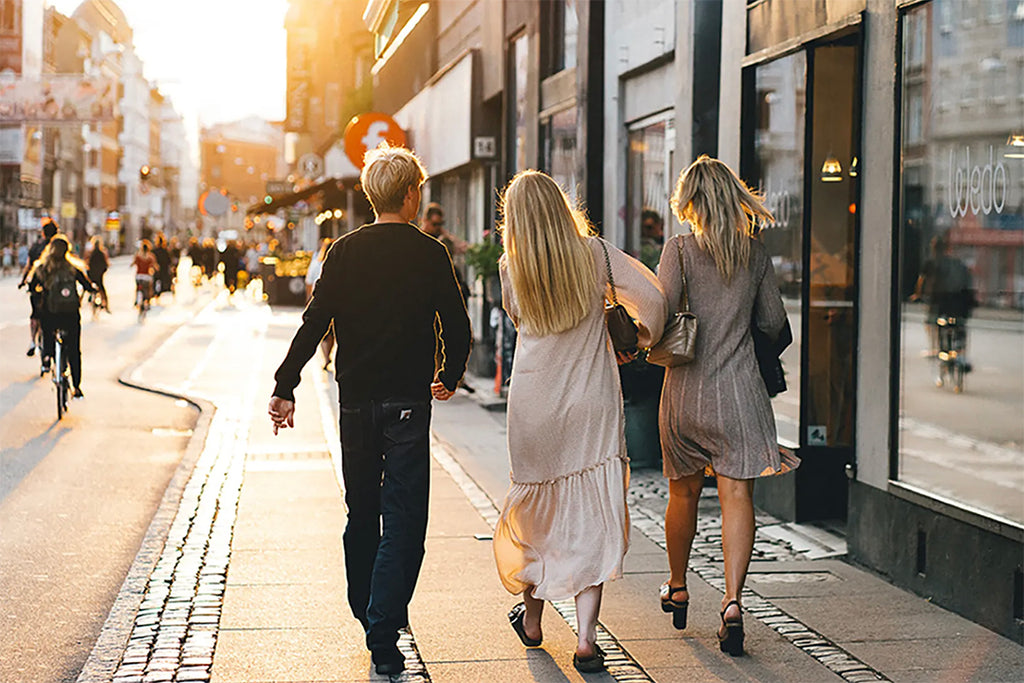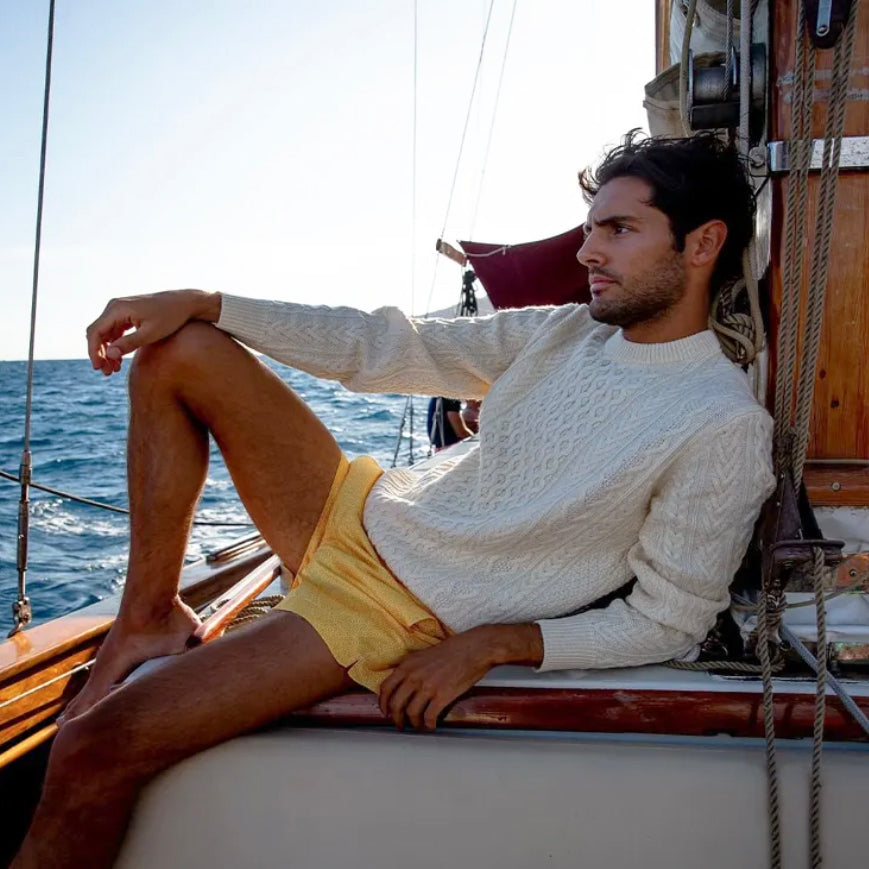Our commitment to change
This International Women’s Day provides us all with an opportunity to reflect on the state of women’s wellbeing in the fashion industry. The welfare of women is a far cry from what it once was when the earliest feminist suffragettes took to the streets in protest. We cannot deny that significant strides towards progress have been made. But we must acknowledge that there is still a long way to go.
Systemic change requires grit, consistency, perseverance and commitment to doing our bit to promote positive change, one day at a time. Part of this commitment is supporting brands that employ small teams of artisans from local communities. Many of these artisans are women, who not only provide skilled labour but bring with them a wealth of ancient wisdom and timeold craftsmanship, passed down from generation to generation. In their own right, these women are custodians of culture, preservers of tradition and representatives of what lies in store for the future of fashion.
KORISSA – a brand inspired by the time its founder spent working for a non-governmental and World Fair Trade organisation, employes artisans and teams of women who use traditional hand-weaving techniques, hand-dyeing techniques and hand-etching methods to produce seagrass baskets, planters and home decor.
AFLÉ is a celebration of the Akan communities of West Africa, led by maternal figures who command authority and live according to a philosophy that reveres the divine feminine.
South African brand,
Ardmore employs 70 local artisans. Many of them are women who live in the surrounding communities and through Ardmore, have honed their skills and creative abilities by tapping into the brand’s philanthropic mission.
In brands like these, we see the ripple effect of our belief that change is no longer just a possibility – together we can make it an inevitability.
This International Women’s Day, allow this message to permeate the narratives you tell yourself and others about your individual power, influence and impact. Allow it to shape a new story about what matters; and more importantly, who matters. Own it, believe it, act on it. And make it count.
